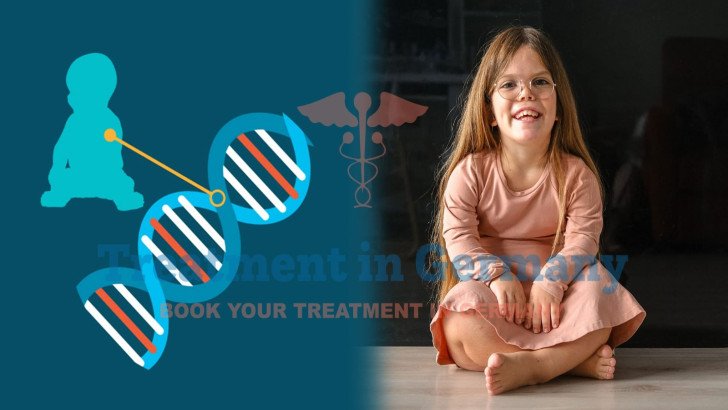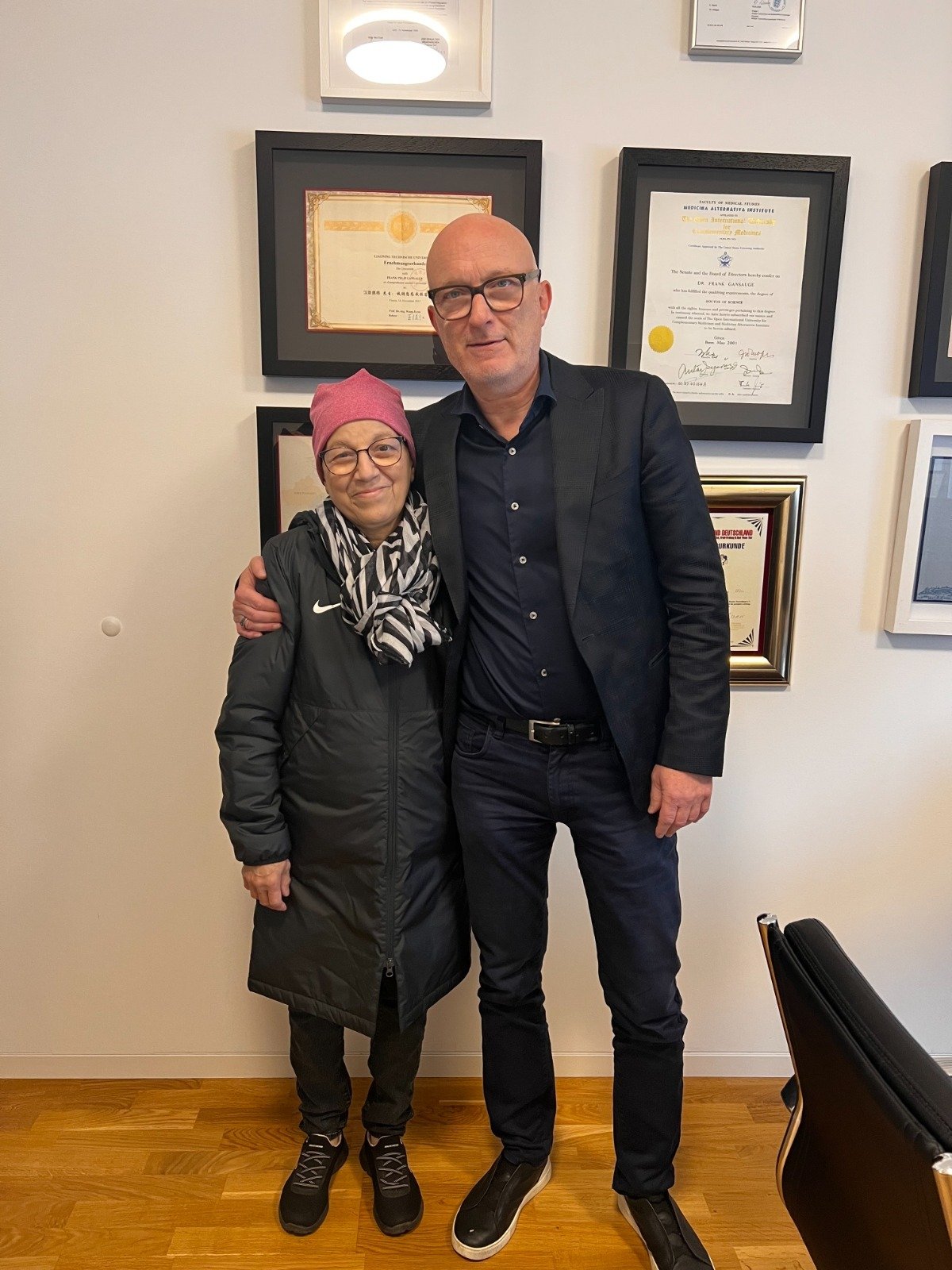
Achondroplasia is a bone growth disorder that results in dwarfism due to a genetic mutation in the arms and legs.
Achondroplasia is a genetic disorder that is the most common cause of dwarfism. It occurs due to a mutation in the FGFR3 gene, which affects bone growth and development. Individuals with achondroplasia have distinctive physical features, such as short stature and disproportionate limb lengths, but their intelligence and overall health are usually unaffected.
Germany is recognized for its innovative approaches to treating genetic conditions like achondroplasia, offering world-class care and advanced therapies.
Achondroplasia is a congenital condition that impacts cartilage development, leading to short stature. The disorder primarily affects the long bones of the arms and legs, resulting in:
This condition affects approximately 1 in 25,000 live births and is typically inherited in an autosomal dominant pattern. However, most cases occur due to new mutations rather than inheritance.
Symptoms of Achondroplasia
While achondroplasia is present at birth, symptoms vary in severity and can include:
Risk Factors and Causes
Achondroplasia is caused by mutations in the FGFR3 gene, which regulates bone growth. Key factors include:
Diagnosis of Achondroplasia
Diagnosis of achondroplasia can often be made based on clinical features and confirmed through genetic testing. Diagnostic tools include:
Treatment Options for Achondroplasia in Germany
Germany is at the forefront of providing comprehensive care for achondroplasia, combining innovative treatments with a patient-centered approach. Key treatment options include:
Growth Hormone Therapy
While growth hormone therapy has limited impact on height, it may improve bone density and overall growth in some cases.
Surgical Interventions
Supportive Therapies
Experimental Treatments
Advantages of Seeking Treatment in Germany
Germany’s healthcare system is globally recognized for its expertise in treating rare genetic disorders. Key advantages include:
Solutions to Manage and Prevent Complications
Although achondroplasia cannot be cured, several measures can help manage symptoms and prevent complications:
Conclusion
Achondroplasia is a lifelong condition that requires a multidisciplinary approach for effective management. Germany stands out as a global leader in providing innovative treatments and comprehensive care for achondroplasia patients. From advanced diagnostics to personalized therapies and expert surgeons, Germany offers hope and improved quality of life for individuals with this condition.
For patients seeking cutting-edge solutions, Germany's healthcare system combines expertise, innovation, and compassionate care, making it a top destination for achondroplasia treatment.
Kindly complete the form below, and our dedicated team will reach out to you promptly. We look forward to connecting with you soon!
Trierer Straße, 56072 Koblenz, Germany
.webp)
.webp)
 (1).webp)
 (1).webp)

.webp)
.webp)
 (1).webp)
 (1).webp)
